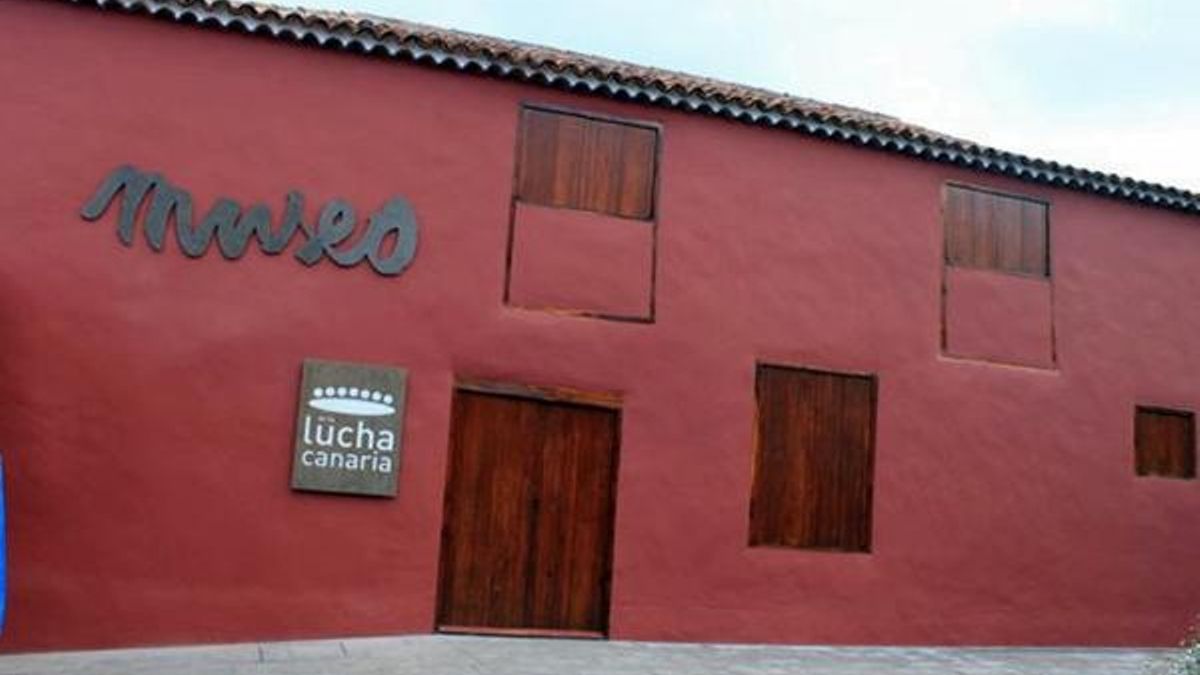A traffic accident involving a car and a motorcycle occurred on Monday afternoon on the northern motorway of Tenerife (TF-5), causing significant delays near the Vía de Ronda, according to reports from 112.
The incident took place heading north, with advanced life support ambulance crews, the Guardia Civil, and Cabildo road personnel on the scene.
It is feared that the motorcyclist may have died.
WHAT TO DO IN CASE OF AN ACCIDENT LIKE THE ONE ON THE TF-5
The accident reported this Monday on the TF-5, which involved several vehicles, highlights the importance of knowing how to respond in case of a roadway emergency. According to the General Traffic Directorate (DGT), nerves or a lack of knowledge should not hinder effective action: the first few minutes following an accident are crucial. These moments can mark the difference between saving a life or exacerbating the consequences of the incident.
If you witness an incident like the one that occurred on the southern motorway of Tenerife, the first step is to remain calm and implement the PAS: Protect, Alert, and Assist. This international protocol sets forth the basis for acting effectively and safely in an emergency situation on public roads.
Protect means, first and foremost, securing the accident area to prevent further harm. If you are driving on a motorway and witness an incident, such as the rollover that occurred in Arico, the first action is to stop your vehicle safely off the road, signal your presence, and don a reflective vest before exiting your vehicle. Never approach the vehicles without ensuring there is no risk of fire, fuel leaks, or dangerous traffic. On fast roads like the TF-1, where vehicles travel at high speeds, a misstep can lead to another accident.
Alert is the second step, which involves immediately notifying emergency services. In the Canary Islands, the emergency number is 1-1-2, the same as CECOES, which coordinated assistance during the accident on Sunday. It is important to provide precise details: the kilometre marker, the number of vehicles involved, whether there are injured or trapped individuals, and any other relevant information. A clear and prompt call improves coordination and allows for the effective deployment of safety and rescue resources, such as SUC, firefighters, the Traffic Guardia Civil, or Cabildo road personnel.
Assist, the final step, should only be undertaken if you have basic first aid knowledge and if the environment is safe. In the case of the Arico accident, healthcare teams from the Canarian Emergency Service treated two women with minor injuries. However, until their arrival, any help provided by prepared witnesses can be crucial. Do not move the victims unless there is an imminent threat (such as fire or explosion), as this could exacerbate potential internal injuries.
The speed of the initial intervention is vital. According to the DGT, the outcomes of medical attention are directly dependent on the response time. Early assistance from a qualified healthcare team can not only save lives but also reduce the risk of future disabilities. Thus, it is essential for victims to receive care from emergency services equipped with the necessary resources, as was the case in Arico, where the required resources were deployed to stabilise the situation promptly.
Knowing these guidelines and being mentally prepared to implement them can turn any driver into a crucial link in the rescue chain. In an island like Tenerife, where motorways connect vital parts of the territory and accidents are not uncommon, this knowledge can make a significant difference.














